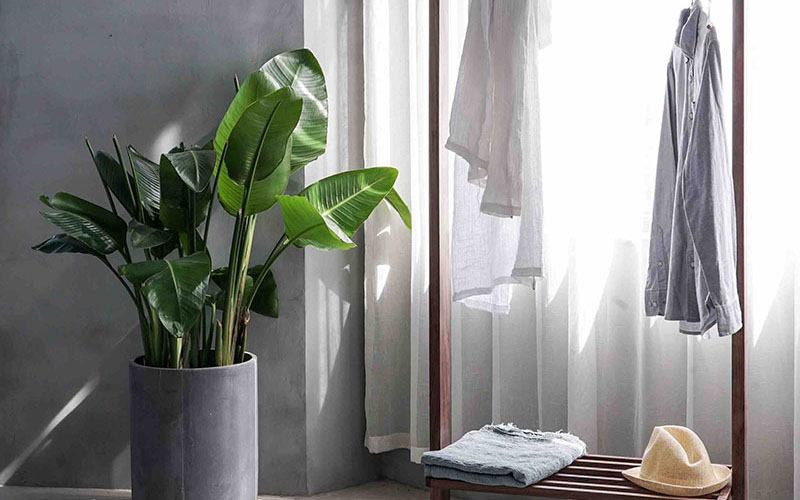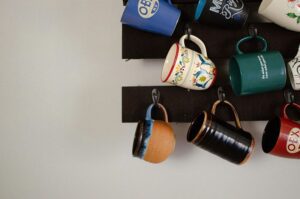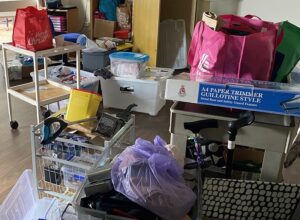
It sounds a bit macabre but I promise it doesn’t involve corpses. Or even Ikea, which is surprising because Ikea is a useful tool for clean, organised homes.
So then what is Swedish Death Cleaning?
Predictably enough, it comes from the Swedish language, which calls it döstädning — a fusion of the words “dö” (which means death) and “städning” (cleaning).
It means decluttering all your belongings thoroughly so that your loved ones don’t have to.
In the West, the term Swedish Death Cleaning was popularised in 2018 after the publication of a book by Margareta Magnusson. Entitled “The Gentle Art of Swedish Death Cleaning”, I like to think of it as a more practical version of Marie Kondo. Less about sparking joy and more about preventing burden. “Some people can’t wrap their heads around death”, Magnusson says. “And these people leave a mess after them. Did they think they were immortal?”
And there are advantages to Swedish Death Cleaning right now. “Death cleaning is not about dusting or mopping up; it is about a permanent form of organization that makes your everyday life run more smoothly.”
Psychology and sociology offer up some important benefits of decluttering. Not just efficiency but also better time management, mental health and even sleep. So you are improving your time on earth now while also caring for those you leave behind. What’s not to like?
More good news is that Swedish Death Cleaning doesn’t have to be done all at once. Start with things you don’t use, like boxes stashed in your attic or storage facility. If you are not putting that stuff to use, it can be offered to friends and family.
Boxes of memorabilia that belong to your adult children are the low hanging fruit here. I like the idea that there is a valid name for a process I would otherwise call “you have grown up and moved out so please take your crap with you”.
For other items, you can hasten the process by taking photos of your excess and sending them to potential recipients.
Would you wear this vintage coat?
You borrowed this dress once and it looked great on you – do you want it?
Are you interested in these medical books for your studies?
Is it time for you to upgrade to some crystal kitchenware?
(if you ask those questions with a Scandinavian accent it sounds more authentic)
etc
If they don’t want it now, they’re not going to want it when you’re gone.
Ideally Swedish Death Cleaning commences towards the end of middle age when our lives get a bit more stable and any child rearing is behind us. And no doubt we have accumulated a lot of clutter by then.
If we start too early then our potential recipients may not exist yet. If we start too late then maybe we won’t exist. The process can be enjoyable and cathartic by sparking forgotten memories. By the end of it, you are left with only what you need and love. Also with a newfound freedom and lightness for your current and future-deceased self.
Magnusson suggest a “Throw-Away Box” – a collection of items that is too meaningful to dispose of but useless to others. Labelled accordingly, Magnusson wants her loved ones to just throw it all away. Not feel compelled to keep or even rummage through it after she’s gone.
Magnusson’s top tips for Swedish Death Cleaning mainly involve material possessions. However she suggests keeping a list of passwords for family so they can access your online persona if they need to.
My mum has unwittingly been doing a form of Swedish Death cleaning for decades. She brings over a weekly collection of clothes (many with tags on), unwanted gifts and toiletries surplus to her needs. The vast majority of it goes back with her and I fear, returns to her nest of paraphernalia. So she’s not quite there yet.
But she swears she no longer buys new items. As Magnusson says: “Don’t collect things that you don’t want,” she says. “Someone has to take care of it one day.”
If you need help with your Swedish Death Cleaning project, have a look at our article on some household items retirees should declutter.
2023 Edit: This concept is now a TV show, read my review here.






























